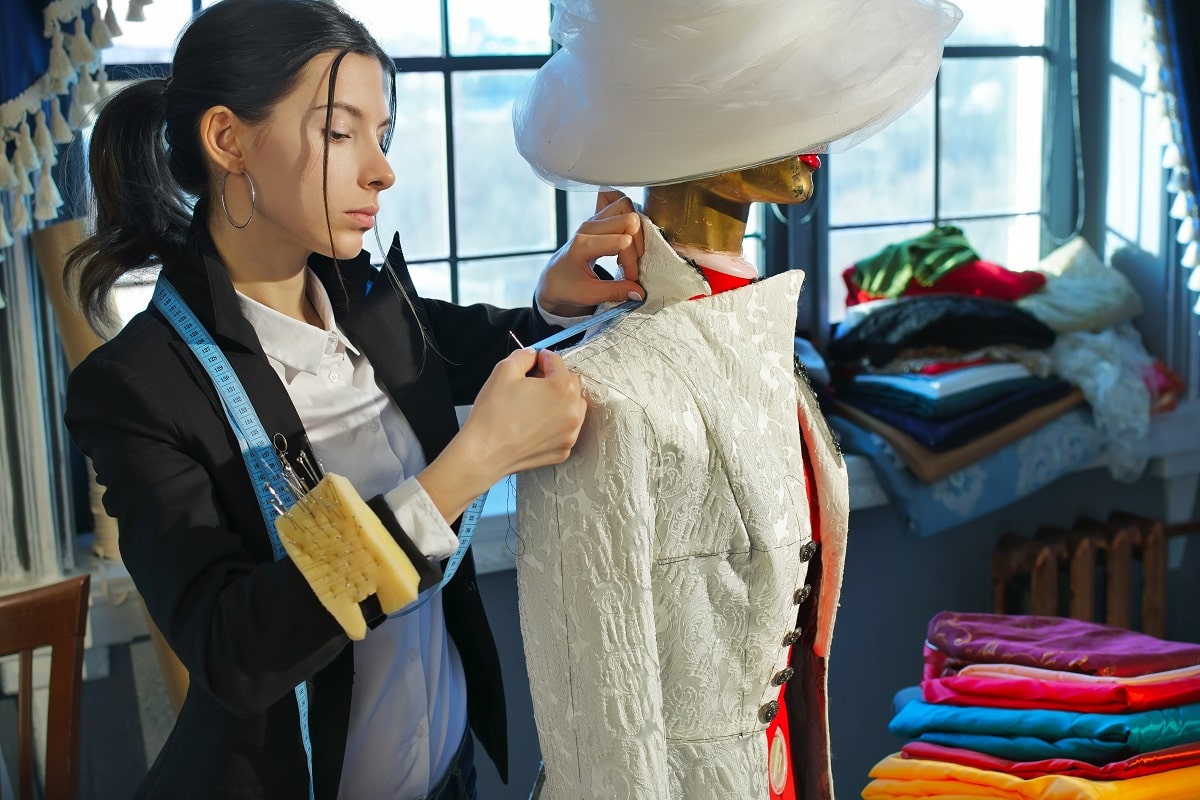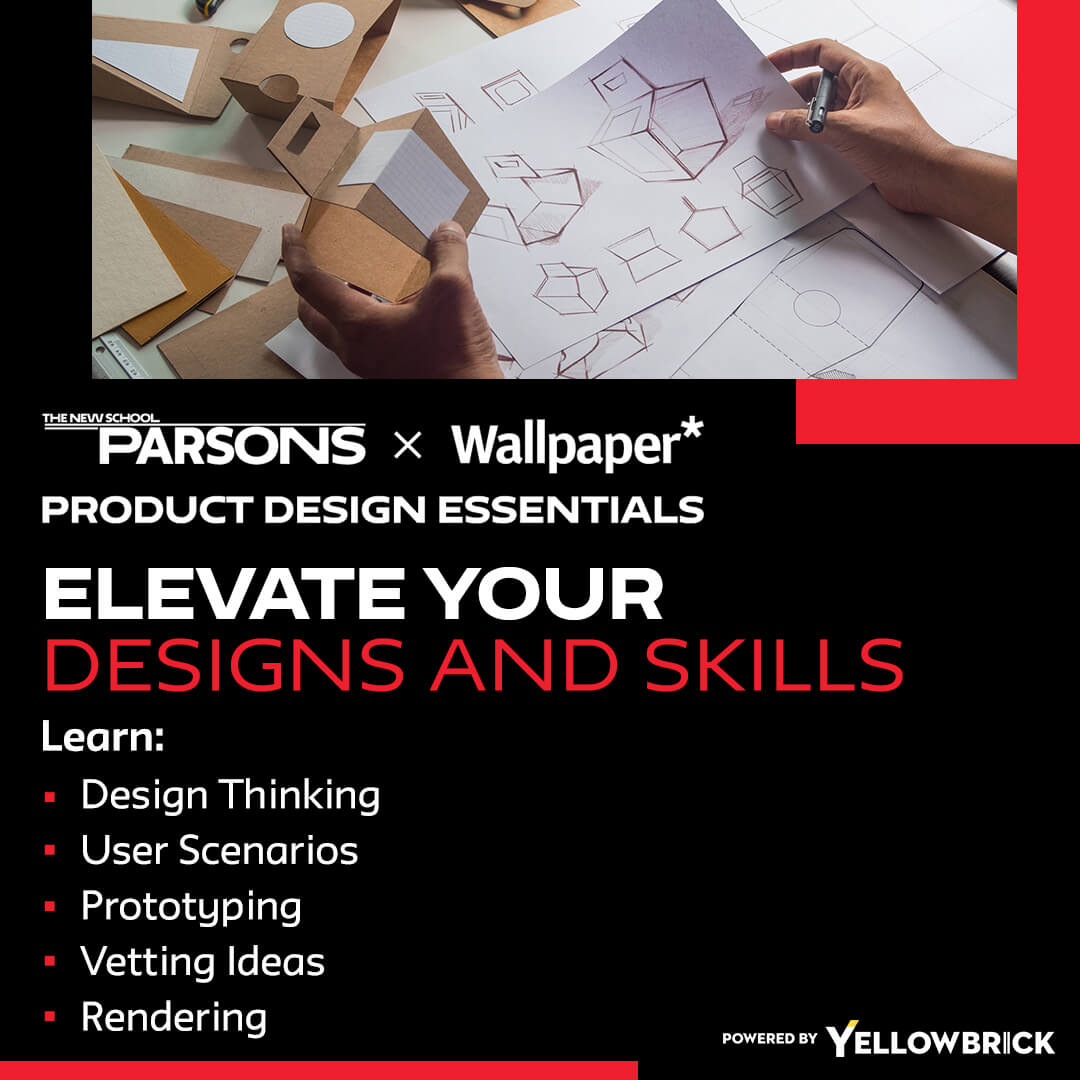Product design collaboration is at the heart of creating successful and impactful products that resonate with users. In a fast-paced and ever-evolving industry, the ability to collaborate effectively with cross-functional teams, stakeholders, and clients is essential for product designers. By combining diverse skill sets, perspectives, and expertise, designers can leverage the power of collaboration to drive innovation, solve complex problems, and deliver exceptional user experiences.
User-Centered Design Collaboration
User-centered design collaboration involves working closely with users to understand their needs, preferences, and pain points. By involving users in the design process, designers can gain valuable insights that inform decision-making and lead to more user-centric products. Collaborating with user experience researchers, UX designers, and usability testers helps ensure that design solutions address real user needs and deliver meaningful value.
Cross-Functional Team Collaboration
In product design, collaboration with cross-functional teams is crucial for success. Designers often work alongside engineers, marketers, product managers, and other professionals to bring a product from concept to launch. Effective communication, mutual respect, and a shared vision are key components of successful collaboration with cross-functional teams. By fostering a collaborative environment where team members can openly share ideas, feedback, and expertise, designers can leverage the diverse skill sets within the team to create innovative and successful products.
Stakeholder Collaboration
Collaborating with stakeholders, including clients, executives, and investors, is essential for aligning on project goals, requirements, and expectations. Clear communication, transparency, and active engagement with stakeholders help build trust and ensure that all parties are on the same page throughout the design process. By involving stakeholders in key decision-making processes and providing regular updates on project progress, designers can build strong relationships and secure buy-in for design solutions.
Creative Collaboration
Collaborating creatively with team members stimulates innovation and encourages the exploration of new ideas and solutions. Designers often engage in brainstorming sessions, design sprints, and design critiques to generate fresh concepts, challenge assumptions, and push the boundaries of traditional thinking. By fostering a culture of creativity and encouraging open collaboration, designers can unlock new possibilities and drive design excellence.
Virtual Collaboration
In an increasingly digital world, virtual collaboration tools play a crucial role in facilitating communication and teamwork among remote team members. Designers can leverage a variety of online collaboration platforms, such as Slack, Trello, Zoom, and Google Workspace, to collaborate effectively with colleagues regardless of geographic location. Virtual collaboration tools enable real-time communication, file sharing, project tracking, and feedback collection, enhancing productivity and streamlining the design process.
Iterative Collaboration
Iterative collaboration involves a cyclical process of ideation, prototyping, testing, and refining design solutions based on feedback and user insights. Designers collaborate iteratively with team members and stakeholders to gather feedback, validate assumptions, and make data-driven design decisions. By embracing an iterative approach to collaboration, designers can continuously improve their designs, address issues early in the design process, and deliver products that meet user needs and expectations.
Agile Collaboration
Agile collaboration methodologies, such as Agile and Scrum, emphasize flexibility, adaptability, and continuous improvement in the design process. Designers collaborate in cross-functional, self-organizing teams to deliver incremental design solutions and respond to changing requirements quickly. Agile collaboration promotes transparency, collaboration, and a focus on delivering value to users, enabling designers to work more efficiently and effectively in dynamic and fast-paced environments.
Client Collaboration
Collaborating effectively with clients is essential for understanding project requirements, managing expectations, and delivering successful design solutions. Designers must establish clear communication channels, set project milestones, and involve clients in key decision-making processes to ensure alignment on project goals and deliverables. By building strong relationships with clients based on trust, transparency, and open communication, designers can create a collaborative partnership that drives project success.
Feedback Collaboration
Feedback collaboration involves actively seeking, receiving, and incorporating feedback from team members, stakeholders, and users throughout the design process. Designers must be open to constructive criticism, willing to iterate on designs based on feedback, and adept at soliciting feedback effectively. By creating a culture of feedback collaboration, designers can leverage diverse perspectives, validate design decisions, and continuously improve the quality of their work.
Community Collaboration
Engaging with the design community through networking events, conferences, workshops, and online forums is a valuable way to collaborate, learn from others, and stay connected with industry trends and best practices. Designers can share their knowledge, experiences, and insights with the community, participate in collaborative projects, and build a supportive network of peers. Community collaboration fosters creativity, inspiration, and professional growth, helping designers stay motivated and engaged in their work.
Conclusion
Product design collaboration is a dynamic and multifaceted process that requires a combination of technical skills, communication abilities, creativity, and teamwork. By embracing collaboration as a core principle of product design, designers can leverage the collective expertise and perspectives of their team members to create innovative, user-centric products that make a meaningful impact.
Key Takeaways:
- User-centered design collaboration is crucial for understanding user needs and creating products that resonate with the target audience.
- Collaborating with cross-functional teams fosters innovation and leverages diverse skill sets to bring products from concept to launch.
- Stakeholder collaboration ensures alignment on project goals and builds trust through clear communication and engagement.
- Creative collaboration stimulates innovation and pushes the boundaries of traditional thinking, leading to design excellence.
- Virtual collaboration tools facilitate communication and teamwork among remote team members, enhancing productivity.
- Iterative collaboration allows designers to refine their designs based on feedback and user insights, continuously improving the end product.
- Agile collaboration methodologies promote flexibility and adaptability, enabling designers to respond to changing requirements efficiently.
- Effective client collaboration involves clear communication, setting project milestones, and building strong relationships based on trust and transparency.
- Feedback collaboration is essential for incorporating diverse perspectives and continuously improving the quality of design work.
- Engaging with the design community fosters creativity, inspiration, and professional growth, creating a supportive network of peers.
For professionals looking to deepen their expertise in product design collaboration and advance their careers, consider exploring the Parsons Product Design Essentials online course and certificate program offered by Yellowbrick. This comprehensive program provides a structured curriculum to enhance your design skills and knowledge, empowering you to thrive in the collaborative landscape of product design.








